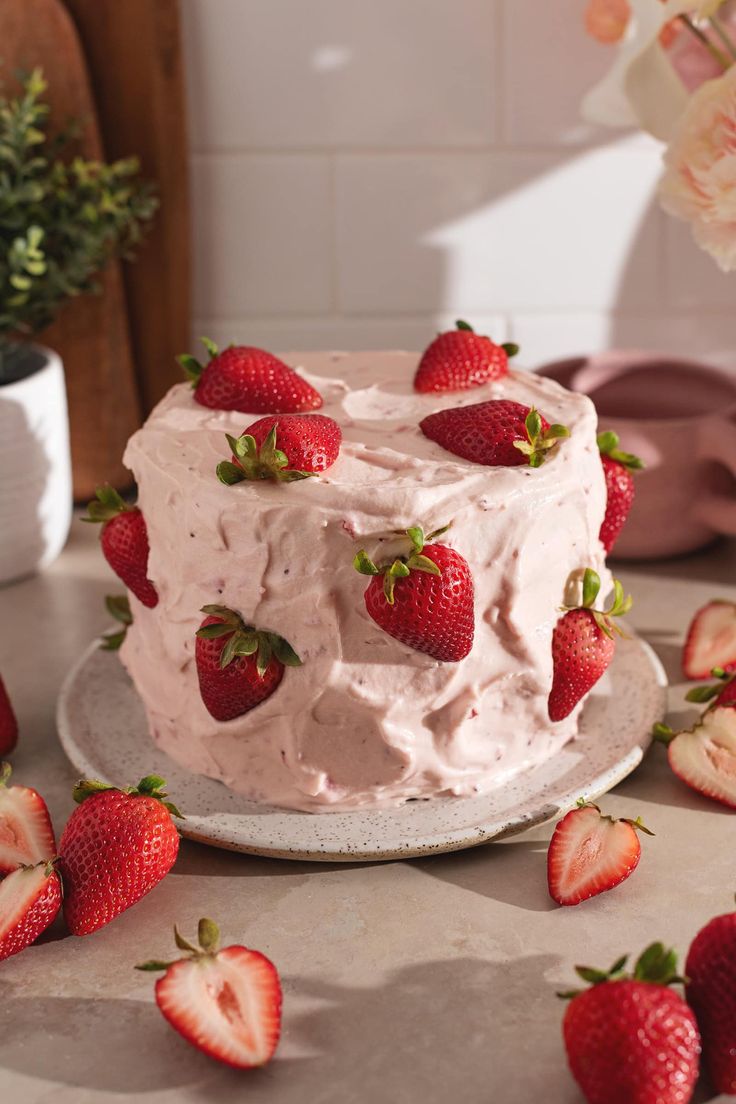Delicate and creamy passionfruit cream puffs with a crisp craquelin topping, dusted with golden fairy sparkles, are inspired by the enchanting and spirited Tinker Bell from J.M. Barrie’s Peter Pan.
INGREDIENTS
Passionfruit Pastry Cream:
- 2 cups milk
- 4 egg yolks
- ½ cup sugar
- 5 tbsp cornstarch
- Pinch of salt
- ½ cup passionfruit purée (thawed if frozen)
- 2 tbsp butter
Cream Puffs:
- 1 cup water
- ½ cup butter
- Pinch of salt
- 1 cup flour
- 4 eggs
Craquelin:
- ½ cup softened butter
- ½ cup packed brown sugar
- 1 cup flour
- Green gel food coloring
To Assemble:
- 1 ¼ cups whipping cream
- Gold luster dust

INSTRUCTIONS
Passionfruit Pastry Cream:
- Pour the milk into a saucepan and heat over medium until it simmers. While waiting, whisk the egg yolks in a mixing bowl. Add half of the sugar and whisk until combined. Whisk in the rest of the sugar, then mix in half of the cornstarch, followed by the remaining cornstarch and a pinch of salt until the mixture is smooth and pale yellow.
- Gradually add a small splash of hot milk into the egg mixture, whisking to temper. Slowly pour in the rest of the milk, whisking constantly to prevent the eggs from scrambling. Once about half of the hot milk is incorporated, pour the entire egg mixture into the saucepan with the remaining milk. Stir and return to medium heat.
- Bring to a boil while continuously whisking. Once thickened and bubbling, remove from heat. Stir in the passionfruit purée, butter, and a pinch of salt until smooth. Transfer to a bowl, cover with cling film directly on the cream’s surface to prevent a skin, and refrigerate until chilled.
Cream Puffs:
- In a small saucepan, combine water, butter, and salt, then bring to a boil over high heat. Once the butter melts and the liquid is boiling, add the flour all at once. Stir vigorously with a wooden spoon until the dough forms a smooth ball and pulls away from the pan’s sides. Remove from heat and transfer to the bowl of a stand mixer.
- Use the paddle attachment to beat in the eggs one at a time, fully incorporating each before adding the next. Scrape down the bowl as needed.
Craquelin:
- In a mixing bowl, cream together softened butter and brown sugar. Add a few drops of green food coloring and mix well. Stir in the flour until a smooth dough forms.
- Roll the dough between two sheets of parchment paper to form a thin disc. Place on a baking sheet and freeze for 5-10 minutes to firm up.
Baking and Assembly:
- Preheat the oven to 375°F (190°C). Line two baking sheets with parchment paper, securing the corners with small dabs of the cream puff dough.
- Fit a large pastry bag with a round piping tip and fill it with the cream puff dough. Pipe 2-inch mounds on one baking sheet, leaving space between them. Tap down any peaks with a wet finger.
- Remove the frozen craquelin dough and use a 2-inch ring cutter to cut out rounds. Place a disc of craquelin on top of each puff. Store the leftover craquelin in the freezer.
- Bake for 35-40 minutes or until the puffs are golden and firm. If the puffs deflate, bake a few minutes longer. Repeat with the remaining dough and craquelin, rerolling the scraps if needed. Allow the puffs to cool completely.
Filling and Final Touches:
- Beat the whipping cream until stiff peaks form. Whisk the chilled passionfruit cream until smooth, then fold in a small amount of whipped cream. Gradually fold in the rest of the whipped cream, keeping the mixture soft yet pipeable.
- Fit a large pastry bag with a star tip and fill with the passionfruit cream. Use a small knife to poke a hole in the bottom of each puff and pipe in the cream.
- Arrange the filled puffs on a serving platter, then pipe a swirl of cream on top of each one. Lightly dust with gold luster dust for a fairy-tale finish. Enjoy!




